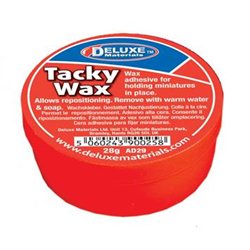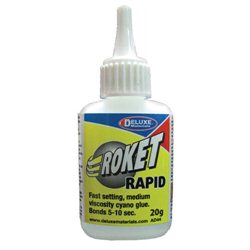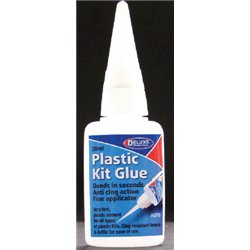Conventional plastic model cement is not an option for attaching Photo-etch (PE) parts to plastic models as it will...
No products
Product successfully added to your shopping cart
There are 0 items in your cart. There is 1 item in your cart.
Search Tips
Christmas and New Year
We are dispatching orders every weekday apart from Christmas Day, Boxing Day and New Year's Day.
If you order is time critical, select next day delivery at checkout.
The shop in Sandown is closed from 25th December, reopening on 30th December.
How do I attach figures to my layout?
This depends on what type of figures you are using for your layout.
If you are using white metal figures they often come with spikes on the bottom of their feet, so it is just a case of sticking them in to the base. However if you plan to put them on to a surface such as a platform these spikes would need to be removed, by filing them down and gluing them in to place with superglue (cyanoacrylate).
If you are using plastic figures, these can simply be glued using a plastic glue by adding a small amount of glue to the sole of the figures foot. Do not use too much glue as the overspill will ruin the overall appearance of the scene you are creating.
You may need to support the figure while the glue is drying.
Some plastic figures may come on a base which you can cover with a basing material and then stick to your layout using a plastic glue.
If you plan to remove or move the figures at a later date, it is better not to glue them but to use a non permanent adhesive such as Tacky Wax.
Click here to receive the tips weekly in your mailbox. You can unsubscribe at any time.










